Why It’s Never Too Late to Begin a Sketchbook Practice
Starting—or reigniting—a sketchbook habit doesn’t require professional training, youth, or elaborate supplies. Whether you’re 17, 47, or 77, the beauty of drawing lies in its accessibility and personal meaning. In this guide, you’ll find practical strategies, inspiration, and gentle prompts to help you turn blank pages into a haven of creativity—no matter how long it’s been or where you’re starting from.
Creative habits aren’t age-specific—they’re soul-specific. A sketchbook is a personal space for exploration, relaxation, and expression.
- Mature artists often bring more insight, patience, and emotional richness to their pages
- Younger sketchers may enjoy a sense of discovery and playful experimentation
- Starting at any age improves observation, mental clarity, and self-awareness
The only thing that matters is showing up—and letting the page meet you where you are.
Reframing the Sketchbook as a Tool for Growth
Rather than approaching sketching as a test of skill, think of your sketchbook as a visual journal. This helps remove pressure and encourages progress through repetition and curiosity.
- Focus on process, not perfection
- Sketching builds artistic confidence incrementally
- Pages become a history of visual thinking
Approaching your sketchbook as a sanctuary for growth empowers longevity in your creative practice.
Choosing Materials That Suit Your Life Stage
You don’t need top-tier supplies to begin. Select tools that match your comfort, environment, and budget.
- Lightweight, portable sketchbooks for on-the-go moments
- Smooth or textured paper depending on preferred medium
- Pencil, fineliner, coloured pencils or watercolour—anything that feels intuitive and enjoyable
As your sketchbook habit grows, so can your toolkit—but simplicity is often the best starting point.
Setting a Rhythm That Works for You
Your sketching habit doesn’t need to be daily. It just needs to be intentional. Build creative momentum in a way that suits your lifestyle.
- Aim for consistency over intensity
- Short, focused sessions (5–15 minutes) often yield lasting results
- Use visual or emotional prompts to guide your entries
Whether it’s part of a morning ritual or a weekend reflection, regular practice makes creativity habitual.
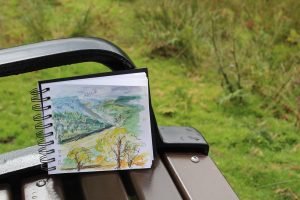
Sketchbooks.org | ON LOCATION
Take Your Sketchbook to the Local Park Bench
A Simple Way to Spark Sketchbook Inspiration There’s something inherently magical about sketching outdoors. The sounds of rustling leaves, the warmth of sunlight filtering through trees, and the gentle hum of life around you create...
Overcoming the Blank Page
Starting—or restarting—a sketchbook often stumbles on the fear of the blank page. The best remedy? Make a mark.
- Scribble, draw patterns, or repeat a shape until the page feels friendly
- Use collage, colour swatches, or washi tape to build visual texture
- Let your first page be messy—it sets a tone of freedom, not perfection
Once that first barrier is broken, the rest becomes easier to face.
Sketching From Life vs. Imagination
Balance your sketches between direct observation and inner inspiration to keep things fresh.
- Life drawing builds accuracy and confidence
- Imaginative doodles foster self-expression
- Even memory-based sketches help emotional processing
Mixing the two gives your sketchbook both realism and poetry—no need to choose sides.
Creating Prompts That Spark Inspiration
A good prompt removes creative friction. Keep a personal bank of sketching ideas you can turn to anytime.
- “Draw what’s on your desk as tiny icons”
- “Illustrate a memory using only lines, no shading”
- “Create a visual mood diary of the week”
- “Use only one colour and fill a page with curves”
Prompts should be inviting, flexible, and designed to lower pressure, not add it.
Tracking Progress Without Judgement
A sketchbook habit becomes meaningful when viewed over time. Flip through past pages and celebrate growth—not just skill, but intention and insight.
- Look for recurring motifs or colours
- Notice comfort with certain mediums
- Value your creative fingerprints over polish
Your sketchbook evolves with you—so let the pages reflect who you were, who you are, and who you’re becoming.
Incorporating Sketching Into Your Broader Creative Life
Your sketchbook habit doesn’t have to live in isolation. Blend it with other hobbies, projects, or wellness routines.
- Pair with writing, journaling, or planning
- Use it to sketch creative ideas for larger artwork or design
- Let it accompany you during travel, reading, or emotional check-ins
This integration turns the habit into a lifestyle, helping creativity flow naturally through everyday moments.
Frequently Asked Questions
Can I start a sketchbook habit even if I don’t consider myself an artist?
Yes—sketching is about practice and intention, not identity or credentials.
How often should I sketch to build a habit?
Start with 2–3 times per week, then adjust based on comfort and motivation.
What if I dislike everything I draw?
Focus on curiosity, not quality—each page teaches you something regardless of outcome.
Do I need formal lessons to improve?
Not at all—growth comes from consistent effort and self-directed exploration.
What’s the best medium for beginners?
Pencil and fineliner offer control and simplicity, with plenty of room to experiment later.
Can I sketch just for mindfulness?
Absolutely—sketching is a form of visual meditation and emotional release.
How do I keep the habit from fading?
Attach your sketching to a routine or environment you already enjoy, like morning coffee or bedtime reflection.
What if I skip days or lose momentum?
Restart gently—your sketchbook is always waiting without judgement.
Should I date my pages?
It’s helpful for tracking growth, but optional if you prefer privacy or fluidity.
Final Thoughts
Whether you’re opening your first sketchbook or returning after years, your pages don’t need to be perfect—they need to be yours. Starting (or restarting) your sketchbook habit is an act of creative courage and self-trust. Each sketch, doodle, or scribble adds to a journey that’s both visual and personal. There’s no wrong time, and no wrong way. Just start—and let the paper meet you exactly where you are.
Ready to Share Your Work?
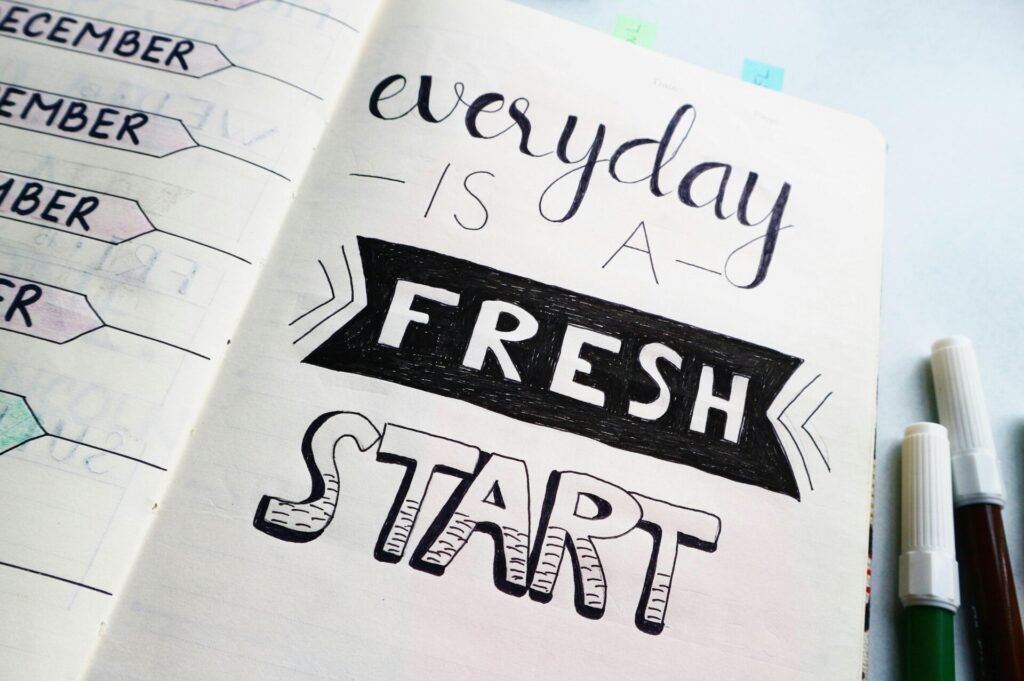


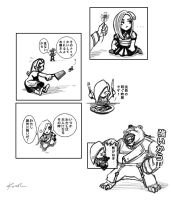

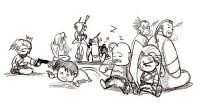
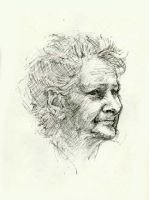
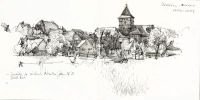
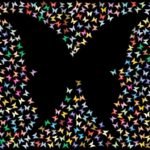

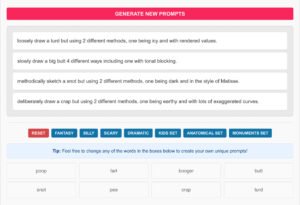
I want to draw fantasy scenes.